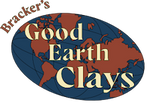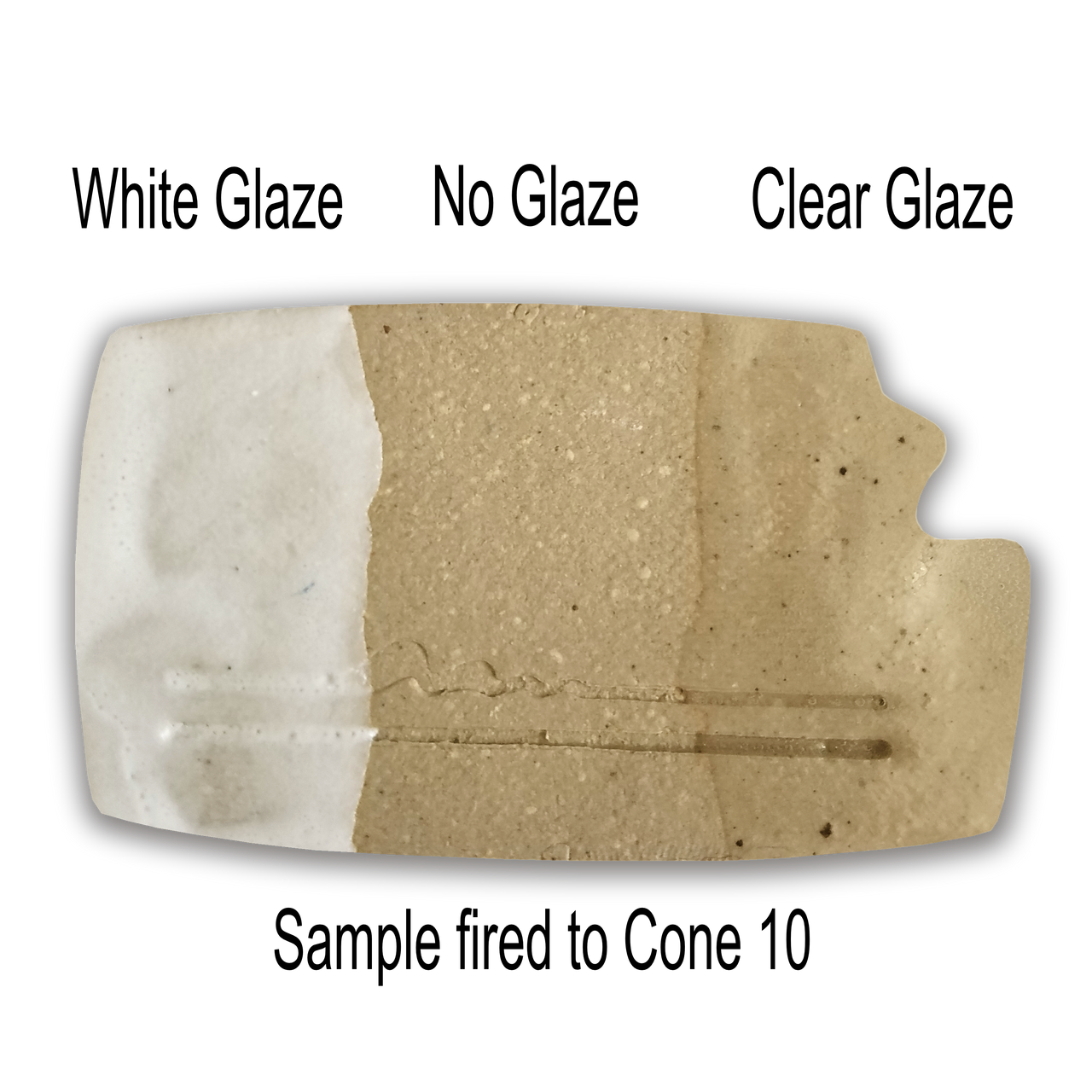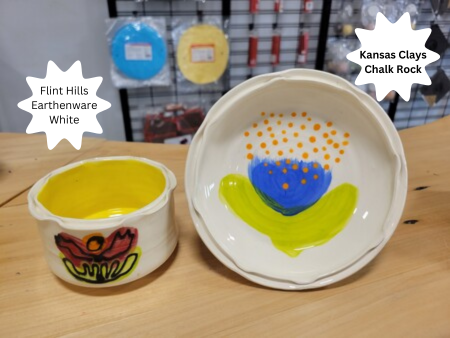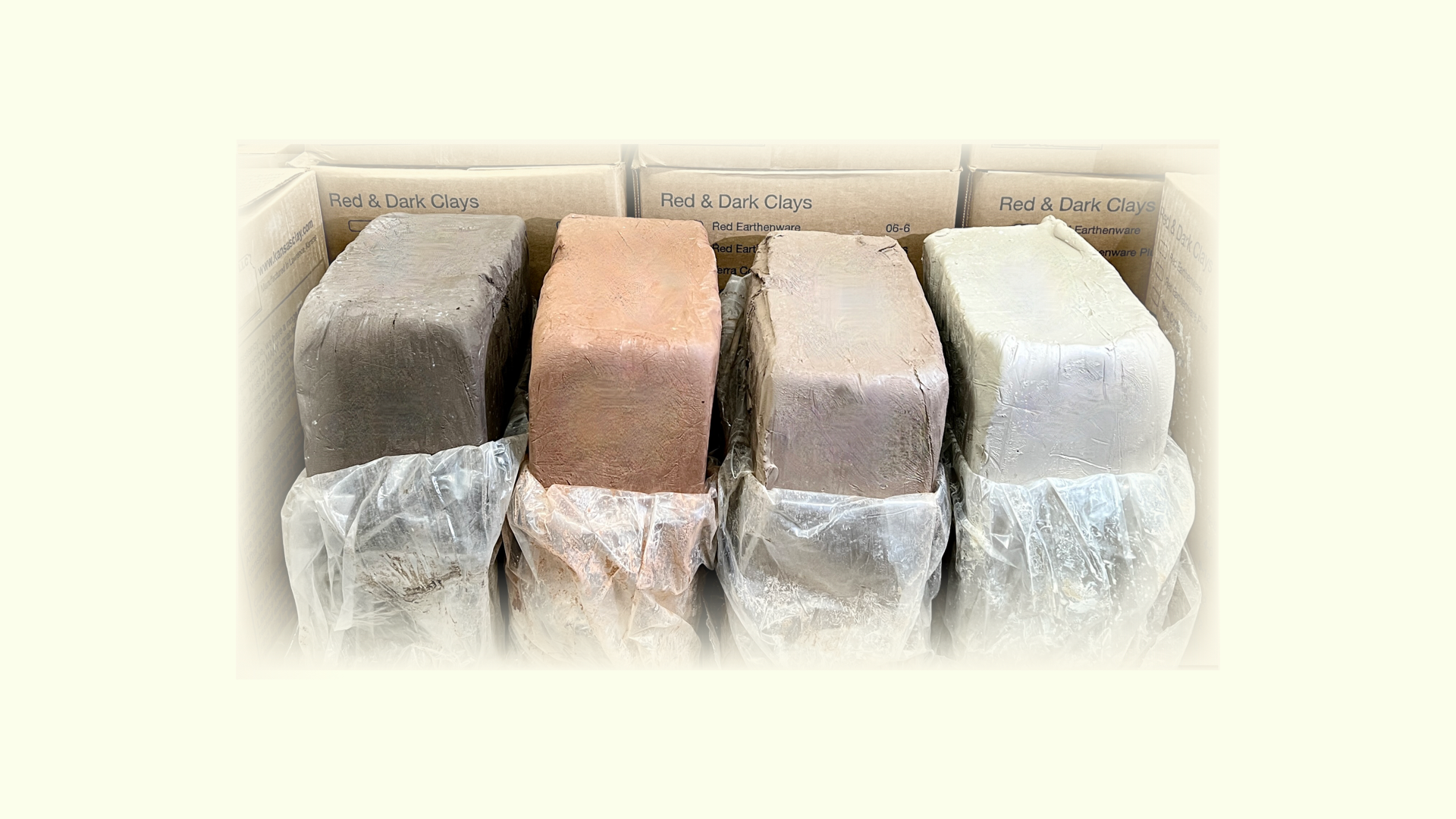Buff/White Stoneware
Regular price
From $20.00
Sale price
From $20.00
Regular price
$0.00
Choose your option
Choose your option
Choose your option
Buff Plus (with 9% Grog)
Regular price
From $20.00
Sale price
From $20.00
Regular price
$0.00
Choose your option
Choose your option
Earthenware Red Plus
Regular price
From $21.30
Sale price
From $21.30
Regular price
$0.00
Choose your option
Choose your option
Choose your option
Electric Brown - Cone 5 (WC866)
Regular price
From $23.70
Sale price
From $23.70
Regular price
Choose your option
Soldate 60 w/ Sand (WC843)
Regular price
From $17.00
Sale price
From $17.00
Regular price














































